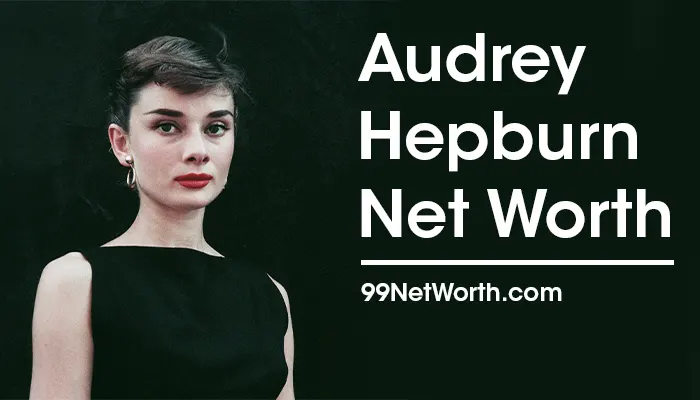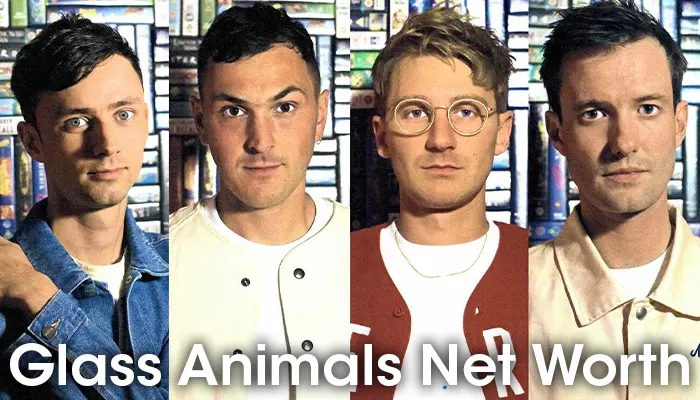Advertisements
Audrey Hepburn Net Worth. Audrey Hepburn was an actress and humanitarian from the United Kingdom. She was named the third-greatest female screen legend from the Golden Age of Hollywood by the American Film Institute, and she was inducted into the International Best Dressed List Hall of Fame. Audrey Hepburn’s Net Worth is estimated to be approximately $55 Million.
Parts of This Content:
Audrey Hepburn Net worth and profile in one glance
| Name | Audrey Hepburn |
| Born | May 4, 1929 |
| Died | January 20, 1993, Tolochenaz, Switzerland |
| Height | 1.7 m |
| Country of Origin | Ixelles, Belgium |
| Occupation | Actress, Humanitarian |
| Spouse | Andrea Dotti (m. 1969–1982), Mel Ferrer (m. 1954–1968) |
| Children | Luca Dotti, Sean Hepburn Ferrer |
| Audrey Hepburn Net worth | Audrey Hepburn Net Worth is $55 Million |
Biography of Audrey Hepburn
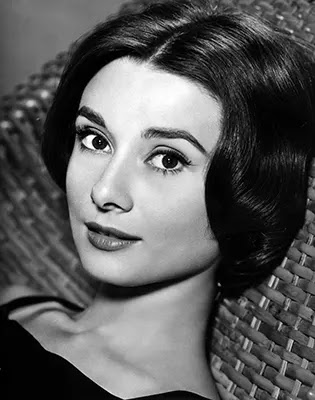
Family and early childhood
Audrey Kathleen Ruston (later Hepburn-Ruston) was born on May 4, 1929, in Ixelles, Brussels, Belgium, at number 48 Rue Keyenveld. Adriaantje was her family’s nickname.
Advertisements
Baroness Ella van Heemstra (12 June 1900 – 26 August 1984), Hepburn’s mother, was a Dutch noblewoman. Ella was the daughter of Baron Aarnoud van Heemstra and Baroness Elbrig Willemine Henriette van Asbeck (1873–1939), who served as mayor of Arnhem from 1910 to 1920 and as governor of Dutch Suriname from 1921 to 1928.
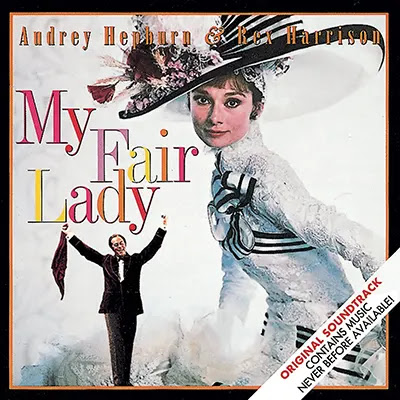
She married Jonkheer Hendrik Gustaaf Adolf Quarles van Ufford, an oil executive headquartered in Batavia, Dutch East Indies, at the age of 19, and they resided there for the rest of their lives.
Advertisements
Before divorcing in 1925, they had two sons, Jonkheer Arnoud Robert Alexander Quarles van Ufford (1920–1979) and Jonkheer Ian Edgar Bruce Quarles van Ufford (1924–2010).
Experiences during World War II
Hepburn’s mother returned to Arnhem when Britain declared war on Germany in September 1939, hoping that the Netherlands would remain neutral and be spared a German onslaught, as it had been during the First World War.
Advertisements
From 1939 to 1945, Hepburn studied at the Arnhem Conservatory. During her senior years at boarding school, she began taking ballet lessons and continued her study in Arnhem under the direction of Winja Marova, becoming her “star pupil.”
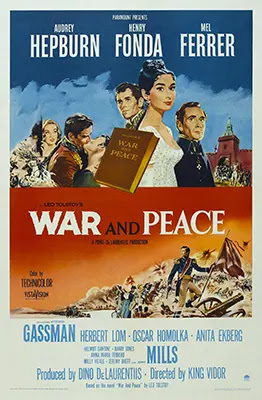
Hepburn took the name Edda van Heemstra after the Germans seized the Netherlands in 1940 because an “English-sounding” name was considered risky under the German occupation.
The occupation had a significant impact on her family, as Hepburn subsequently stated “had we known that we were going to be occupied for five years, we might have all shot ourselves. We thought it might be over next week… six months… next year… that’s how we got through”.
Her uncle, Otto van Limburg Stirum (husband of her mother’s older sister, Miesje), was killed in 1942 in punishment for a sabotage act by the resistance organization; while he was not involved in the deed, he was targeted because of his family’s importance in Dutch society.
Ian, Hepburn’s half-brother, was sent to a German labor camp in Berlin, and her other half-brother, Alex, went into hiding to avoid the same fate.
Stepping stone into Audrey Hepburn Net Worth (Career)
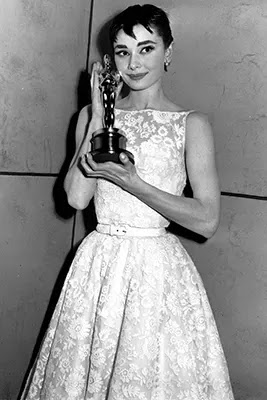
Ballet studies and early acting roles
Hepburn went to Amsterdam with her mother and siblings after the war ended in 1945, where she began ballet instruction with Sonia Gaskell, a prominent figure in Dutch dance, and Russian teacher Olga Tarasova.
Ella maintained her family by working as a cook and housekeeper for a wealthy family because the family’s fortunes had been lost during the war.
In Seven Lessons (1948), an educational travel film directed by Charles van der Linden and Henry Josephson, Hepburn made her film debut as an air stewardess in Dutch.
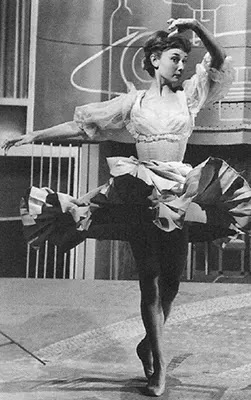
Hepburn relocated to London later that year after obtaining a ballet scholarship with Ballet Rambert, which was based in Notting Hill at the time.
She made ends meet by working part-time as a model and dropping the surname “Ruston.” She opted to focus on acting because Rambert advised her that, despite her brilliance, her height and frail constitution (a result of wartime starvation) would prevent her from achieving the role of a prima ballerina.
Primary source of Audrey Hepburn Net worth (Acting)
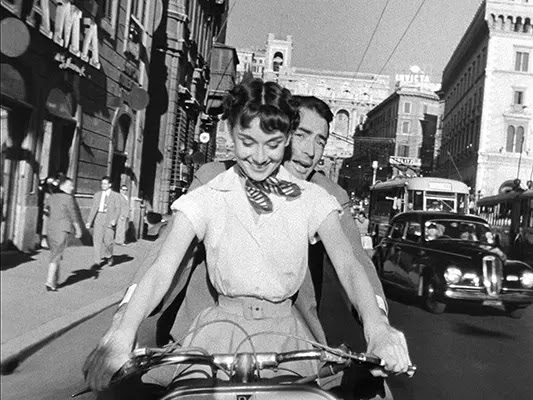
Hepburn featured as a chorus girl in the West End musical theatre revues High Button Shoes (1948) at the London Hippodrome and Cecil Landeau’s Sauce Tartare (1949) and Sauce Piquante (1950) at the Cambridge Theatre, while Ella toiled in menial occupations to support them. She underwent elocution training with actor Felix Aylmer to help her develop her voice while working on stage.
Hepburn was enrolled as a freelance actress with the Associated British Picture Corporation after being seen by Margaret Harper-Nelson, casting director at Ealing Studios while playing in Sauce Piquante (ABPC).
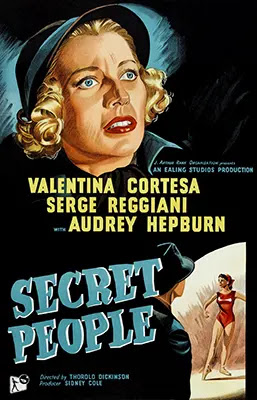
She had minor appearances in the films One Wild Oat, Laughter in Paradise, Young Wives’ Tale, and The Lavender Hill Mob, as well as the BBC Television production The Silent Village (all 1951).
She had her first major supporting part as a prodigy ballerina in Thorold Dickinson’s The Secret People (1952), in which she performed all of her own dancing routines.
Roman Holiday and stardom
Princess Ann, a European princess who escapes the shackles of monarchy and enjoys a wild night out with an American newsman Gregory Peck, was Hepburn’s first leading role in Roman Holiday (1953).
Advertisements
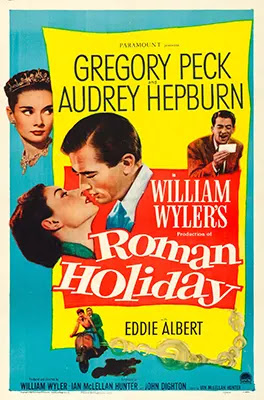
The film’s producers had hoped to put Elizabeth Taylor in the role, but director William Wyler was so taken with Hepburn’s screen test that he decided to cast her instead.
Breakfast at Tiffany’s and continued success
Hepburn then starred in Blake Edwards’ Breakfast at Tiffany’s (1961), a film largely based on the Truman Capote book of the same name, as New Yorker Holly Golightly.
Many alterations were made to sanitize the story for the film adaptation, and Capote would have liked Marilyn Monroe to play the role, though he did acknowledge that Hepburn “did a tremendous job.”
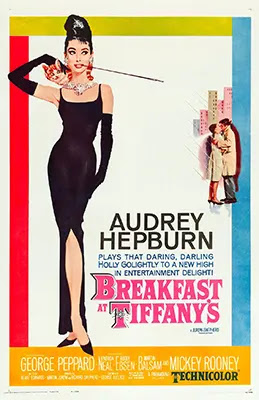
Hepburn’s portrayal of the character is widely regarded as one of the most well-known in American cinema. The outfit she wears in the opening titles is regarded as a twentieth-century icon, possibly the most renowned “little black dress” of all time.
According to Hepburn, the job was a “dream come true” for her “I’m an introvert,” she said, “yet this is the jazziest of my career.” Playing the outgoing girl was the most difficult role I’ve ever had.” Her performance earned her an Academy Award nomination for Best Actress.
Humanitarian career
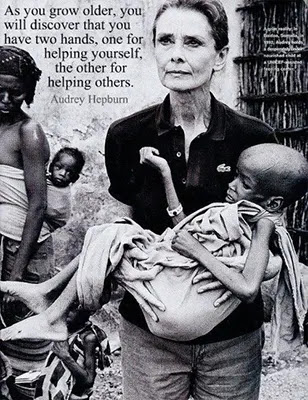
Hepburn narrated two UNICEF radio programs in the 1950s, retelling children’s war stories. Hepburn was named a UNICEF Goodwill Ambassador in 1989.
She expressed her gratitude to the organization upon her appointment, saying that she was thankful for receiving foreign aid after experiencing the German occupation as a youngster.
Recognition
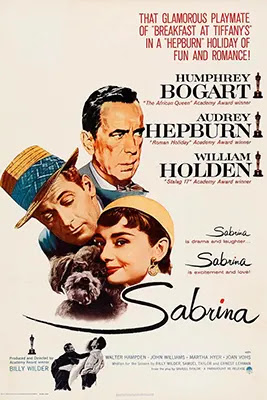
In acknowledgment of her efforts with UNICEF, US President George H. W. Bush bestowed the Presidential Medal of Freedom on Hepburn, and the Academy of Motion Picture Arts and Sciences bestowed the Jean Hersholt Humanitarian Award on her posthumously.
UNICEF honored Hepburn’s humanitarian impact by erecting a statue, “The Spirit of Audrey,” at UNICEF’s New York headquarters in 2002 during the United Nations Special Session on Children. The Audrey Hepburn Society of the United States Fund for UNICEF honors her contributions to children.
Personal life
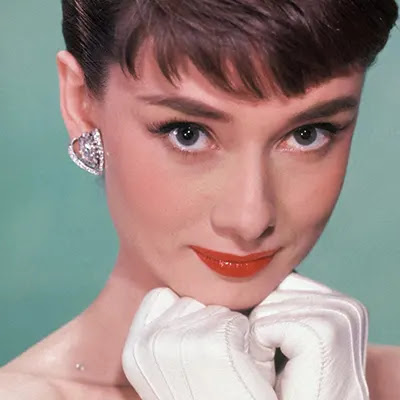
Marriages, relationships, and children
Hepburn married industrialist James Hanson in 1952, a man she had known since her early days in London. She referred to it as “love at first sight,” but after getting her wedding gown fitted and the date set, she realized the marriage would not work because their occupations would keep them apart from the majority of the time.
“When I get married, I want to be truly married,” she said in a public declaration regarding her decision. She dated future Hair producer Michael Butler in the early 1950s.
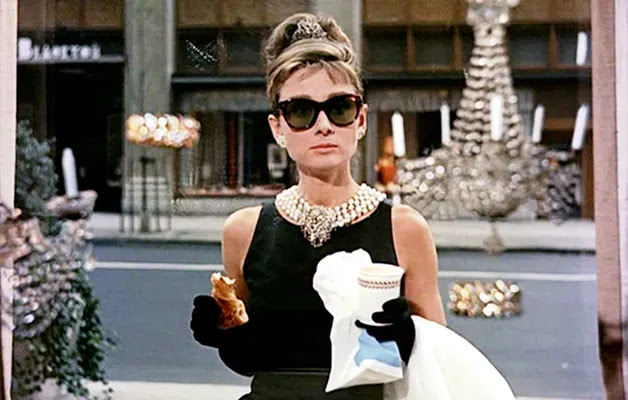
Hepburn met American actor Mel Ferrer at a cocktail party thrown by mutual friend Gregory Peck and recommended they star together in a play.
They collaborated in Ondine as a result of the meeting, and they started dating. They married eight months later, on September 25, 1954, in Bürgenstock, Switzerland, while preparing to star in the film War and Peace (1955). Sean Hepburn Ferrer, her son, was born to her and Ferrer.
Illness and death
Hepburn died in her sleep at home on the evening of January 20, 1993. Gregory Peck recorded a memorial to Hepburn after her death, in which he performed Rabindranath Tagore’s poem “Unending Love.”
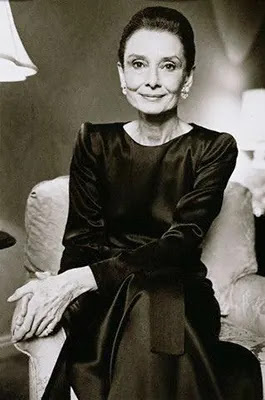
On January 24, 1993, funeral services were performed at the Tolochenaz village church. Her funeral was officiated by Maurice Eindiguer, the same clergyman who married Hepburn and Mel Ferrer and baptized her son Sean in 1960, and Prince Sadruddin Aga Khan of UNICEF presented a eulogy.
Her sons, partner Robert Wolders, half-brother Ian Quarles van Ufford, ex-husbands Andrea Dotti and Mel Ferrer, Hubert de Givenchy, UNICEF executives, and fellow actors Alain Delon and Roger Moore were among those who attended the burial.
Gregory Peck, Elizabeth Taylor, and the Dutch royal family donated flower arrangements to the funeral. Hepburn was laid to rest at the Tolochenaz Cemetery later that day.
Legacy
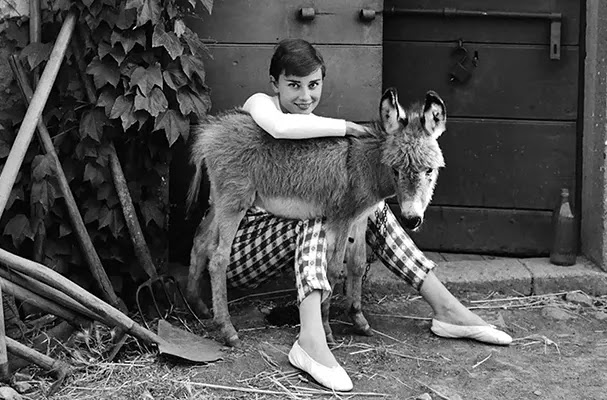
Hepburn’s fame has lasted long after she passed away. Hepburn was ranked third among the Greatest Female Stars of All Time by the American Film Institute.
She is one of the few celebrities who have won an Academy Award, an Emmy Award, a Grammy Award, and a Tony Award. She has won a total of three BAFTA Awards for Best British Actress in a Leading Role, which is a new record.
She remained a conspicuous presence in the film business throughout her final years. She was a frequent presenter at the Academy Awards and earned an honor from the Film Society of Lincoln Center in 1991. In 1992, she was honored with the BAFTA Lifetime Achievement Award.
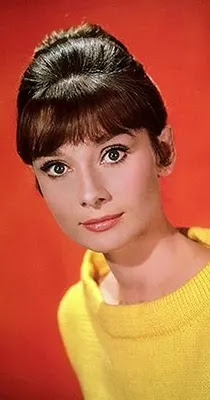
Conclusion
Advertisements
Audrey Hepburn is a well-known and brilliant actress in the Hollywood film business. The Audrey Hepburn Net Worth is a source of motivation and inspiration. Also, check out – Marilyn Monroe Net Worth.
Advertisements
